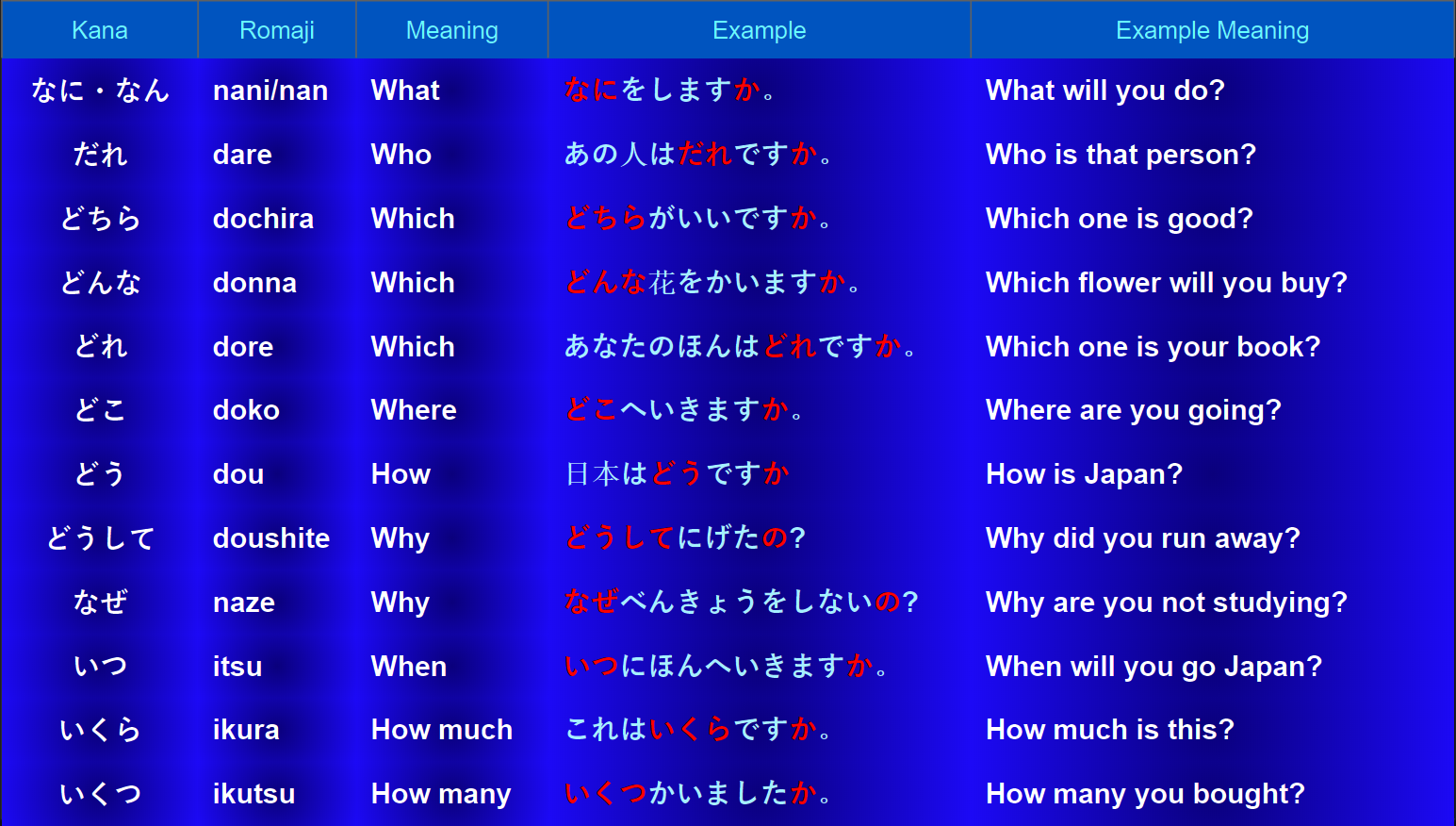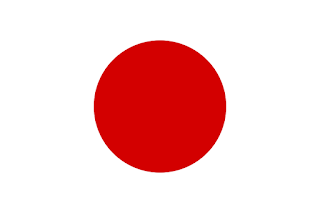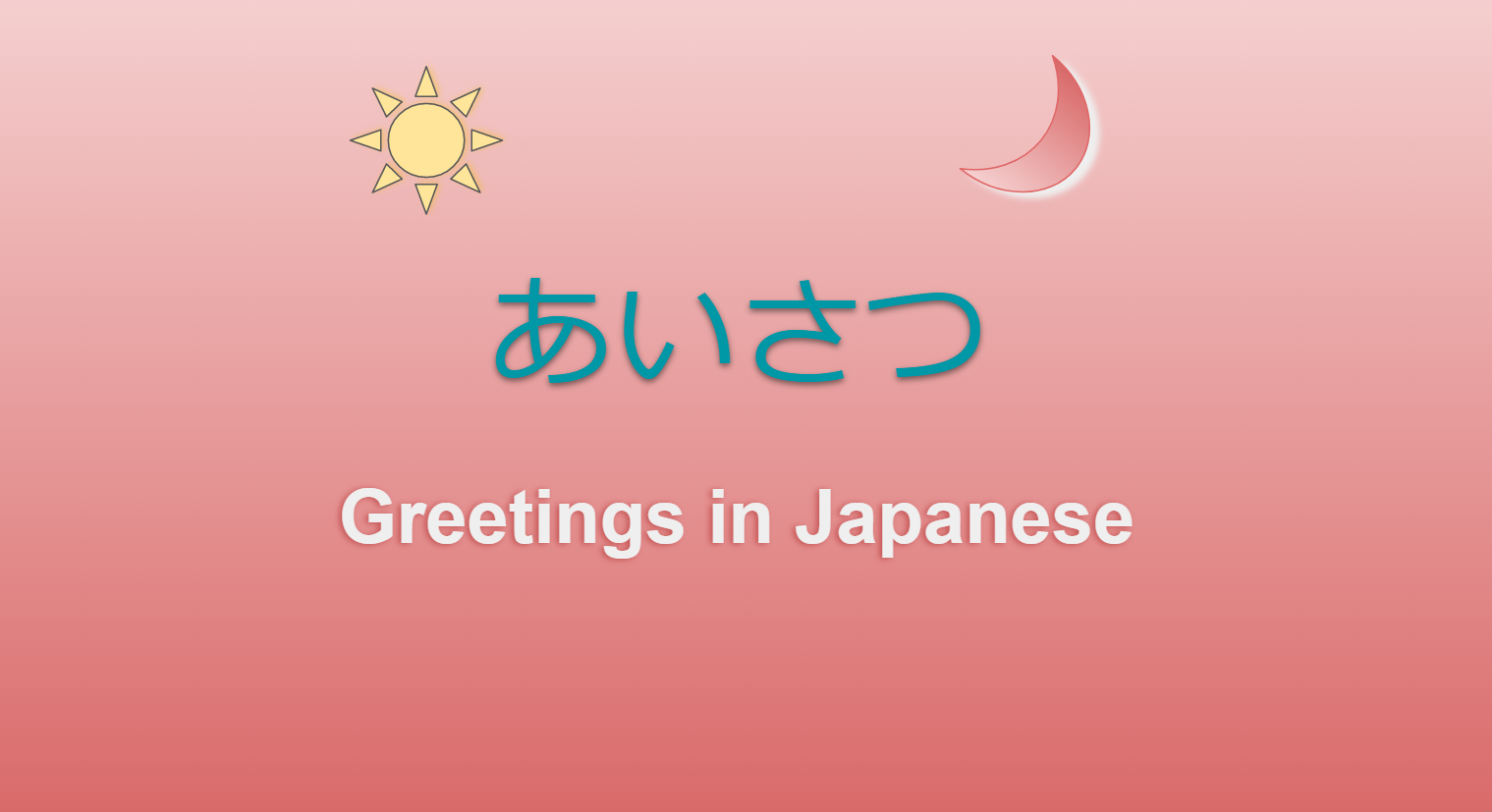JLPT N5 - Lesson 5 - Katakana Part 1

Katakana - actually there are no difference in sound in both sets of characters only the looks are different - hiragana is curvy but katakana is more straight compare to hiragana and few characters looks very similar for example He - へ ヘ and Ri - りリ . Another difference is that hiragana is used as okurigana - prefixes for kanji but katakana character's usage is limited to writing foreign/loan words mostly.
- # Other than words of foreign origin, to write any foreign person name or place name or any object name Katakana is used.
- # For writing repeating word or onomatopoeia also Katakana is used for example ワンワン [wanwan] - dogs barking sound.
- # Sometimes to emphasis a particular word in a sentence also written in Katakana, such as それはダメです。
46 Basic katakana characters are shown in the below picture:
Now let's practice some words in Katakana. After any consonant vowel, if another pure vowel is used then it become long vowel. For long vowel ー this sign (a long dash sign) is used to denote the long vowel sound.
- スキー [suk i _] Ski
- ソース [so_su] Sauce
- コークー [ko_ku_] Coke
- ケーキ [ke_ki] Cake
- ウーマン [u_man] Women
- レストラン [resutoran] Restaurant
- アメリカ [amerika] America
- ネクタイ [nekutai] Necktie
- スカート [suka_to] Skirt
- ワイン [wain] Wine
Thanks for reading up to here. In next lesson we will learn about katakana character that makes voice sounds.
In next lesson we will make some more words after learning the last part of Hiragana character
- Lesson 1: Why Japanese Language
- Lesson 2: JLPT N5 Introduction
- Lesson 3: Hiragana Part 1
- Lesson 4: Hiragana Part 2
- Lesson 5: Katakana Part 1
- Lesson 6: Katakana Part 2
- Lesson 7: Kanji Part 1
- Lesson 8: Japanese Everyday Greetings
- Lesson 9: Japanese Particles Introduction
- Lesson 10: Grammar Time
- Lesson 11: Verb Basic
- Lesson 12: Vocabulary - Words refer to family members










The blog was very easy to follow.
ReplyDeleteOnline mock tests for JOT exam
Best study guide for JOT